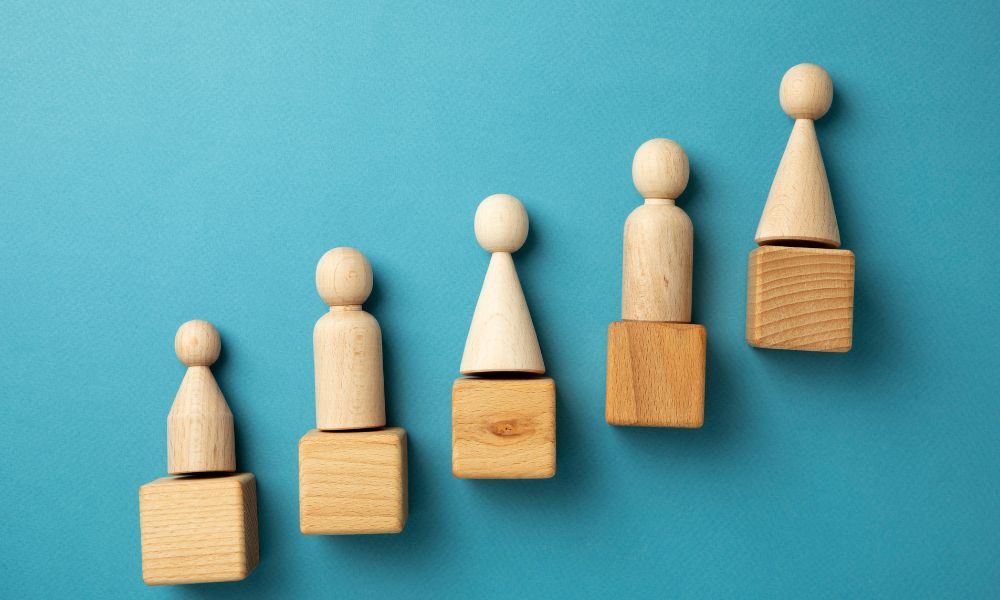The modern-day workplace is composed of individuals from different generations, each with its own set of values, attitudes, and experiences that shape their behaviors. These generational differences can create challenges in the workplace, but they can also be a source of strength and innovation when properly understood and managed. In this article, we will dive deep into the concept of generational diversity, explore the characteristics of each generation, and provide strategies for building a multigenerational workplace that thrives.
What is Generational Diversity?
Generational diversity refers to the differences that exist between individuals of different generations in the workplace. A generation is a group of people born in the same time period who share common experiences, values, and attitudes. Each generation has been shaped by the events and circumstances of their time, and these experiences have influenced their outlook on life and work.

The modern-day workforce is composed of individuals from five different generations: Traditionalists, Baby Boomers, Generation X, Millennials, and Generation Z. Each of these generations has its own unique characteristics that can influence how they work, communicate, and interact with others.
Understanding the Different Generations
To better understand generational diversity in the workplace, let’s take a closer look at each of the five generations.
Traditionalists (1925-1945)
Also known as the Silent Generation, Traditionalists are the oldest generation in the workforce today. They grew up during the Great Depression and World War II and were shaped by a sense of duty, sacrifice, and loyalty. Traditionalists value hard work, discipline, and respect for authority, and they tend to be cautious when it comes to change. They prefer to communicate face-to-face and prioritize in-person meetings over digital communication.
Baby Boomers (1946-1964)
Baby Boomers are the largest generation in the workforce and were born during the post-World War II economic boom. They value hard work and dedication and tend to be more competitive than other generations. Baby Boomers are also known for their loyalty to their employers and tend to stay with the same company for long periods. They prefer to communicate through email and phone calls, but are also comfortable with face-to-face communication.
Generation X (1965-1980)
Generation X came of age during a time of economic and social instability, including the oil crisis and the Cold War. They are known for their independence, self-reliance, and adaptability. Generation X values work-life balance and tends to prioritize family and personal life over work. They prefer to communicate through email and text messages, but also appreciate face-to-face communication.
Millennials (1981-2000)
Also known as Generation Y, Millennials are the largest and most diverse generation in the workforce. They grew up during a time of rapid technological change and are comfortable with digital communication and social media. Millennials value work-life balance, creativity, and flexibility and tend to prioritize personal growth and development over job security. They prefer to communicate through digital channels, including email, text messages, and social media.
Generation Z (2001-2020)
The youngest generation in the workforce, Generation Z, is just beginning to enter the workforce. They are the first generation to grow up entirely in the digital age and are comfortable with technology and social media. Generation Z values diversity, inclusivity, and social responsibility and tends to prioritize work that aligns with their values. They prefer to communicate through digital channels and social media.
Managing Generational Differences in the Workplace
Now that we have a better understanding of the different generations in the workplace, let’s explore strategies for managing generational differences and building a multigenerational workplace that thrives.
Focus on Commonalities
While each generation has its own unique characteristics, it’s important to focus on the commonalities that exist between them. All generations value respect, communication, and collaboration, and these shared values can serve as a foundation for building a cohesive and productive workplace.
Embrace Diversity
Generational diversity should be embraced and celebrated in the workplace. Each generation brings its own set of experiences, skills, and perspectives, and these differences can be a source of strength and innovation. Encourage employees to share their experiences and ideas, and create opportunities for cross-generational collaboration and mentorship.
Provide Flexibility
Different generations have different priorities when it comes to work-life balance and flexibility. Providing flexibility in terms of work hours, remote work options, and time off can help accommodate the needs and preferences of different generations.
Communicate Effectively
Effective communication is essential for managing generational differences in the workplace. Managers should be aware of each generation’s preferred communication style and adapt their communication accordingly. Encourage open and honest communication, and provide opportunities for feedback and dialogue.
Provide Training and Development
Each generation has its own set of skills and experiences, and providing training and development opportunities can help bridge generational gaps and build a more skilled and knowledgeable workforce. Encourage cross-generational mentorship and provide opportunities for employees to learn from one another.
Foster a Positive Workplace Culture
A positive workplace culture is essential for building a multigenerational workplace that thrives. Encourage teamwork, collaboration, and inclusivity, and provide opportunities for employees to socialize and build relationships outside of work.
Generational diversity is a reality of the modern-day workplace, and understanding and embracing these differences is essential for building a cohesive and productive workforce. By focusing on commonalities, embracing diversity, providing flexibility, communicating effectively, providing training and development, and fostering a positive workplace culture, organizations can build a multigenerational workplace that thrives. With the right strategies and mindset, generational diversity can be a source of strength and innovation in the workplace.





